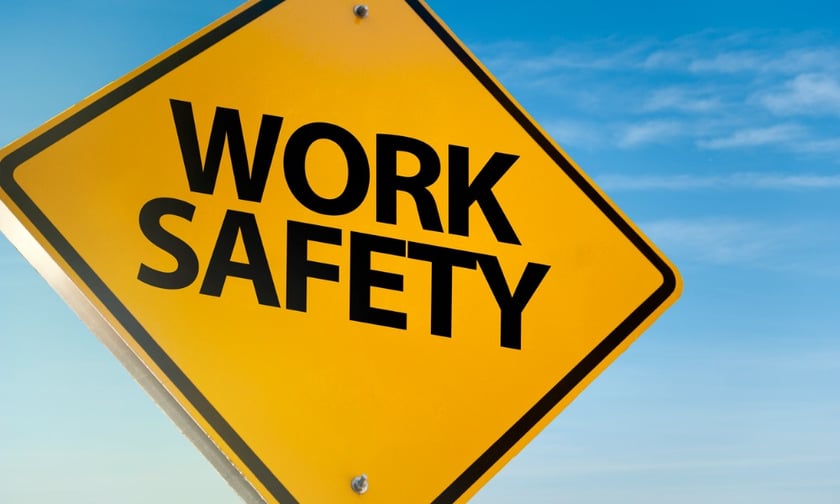

In an article published recently, Gallagher stressed the importance of creating a workplace that is psychosocially safe for employees to work, stating that employers do have a critical role in ensuring that their workers’ overall well-being is protected.
One of the important things that an employer should do to protect their workers and employees while at work is to minimize if not eliminate, psychosocial hazards in the workplace.
“A psychosocial hazard is anything that could harm someone's mental health, and there are multiple causes and contributing factors that give rise to these risks,” stated the Gallagher article.
Citing Australia’s Work Health & Safety Act, the (re)insurance company stressed that it is required for all businesses, regardless of their size and nature, to manage psychosocial risks to workers by minimising or eliminating hazards.
According to the law, a company is required to create an effective risk management process and mechanisms to:
“This calls for scrutiny of current processes, management structures and reporting mechanisms to understand where gaps or deficiencies may be occurring, or if behavioural issues such as bullying or harassment, or even just personality clashes and communication failures are involved,” the article stated.
Gallagher shared 10 steps that a company or institution must follow in creating an effective management approach for workplace risk mitigation:
